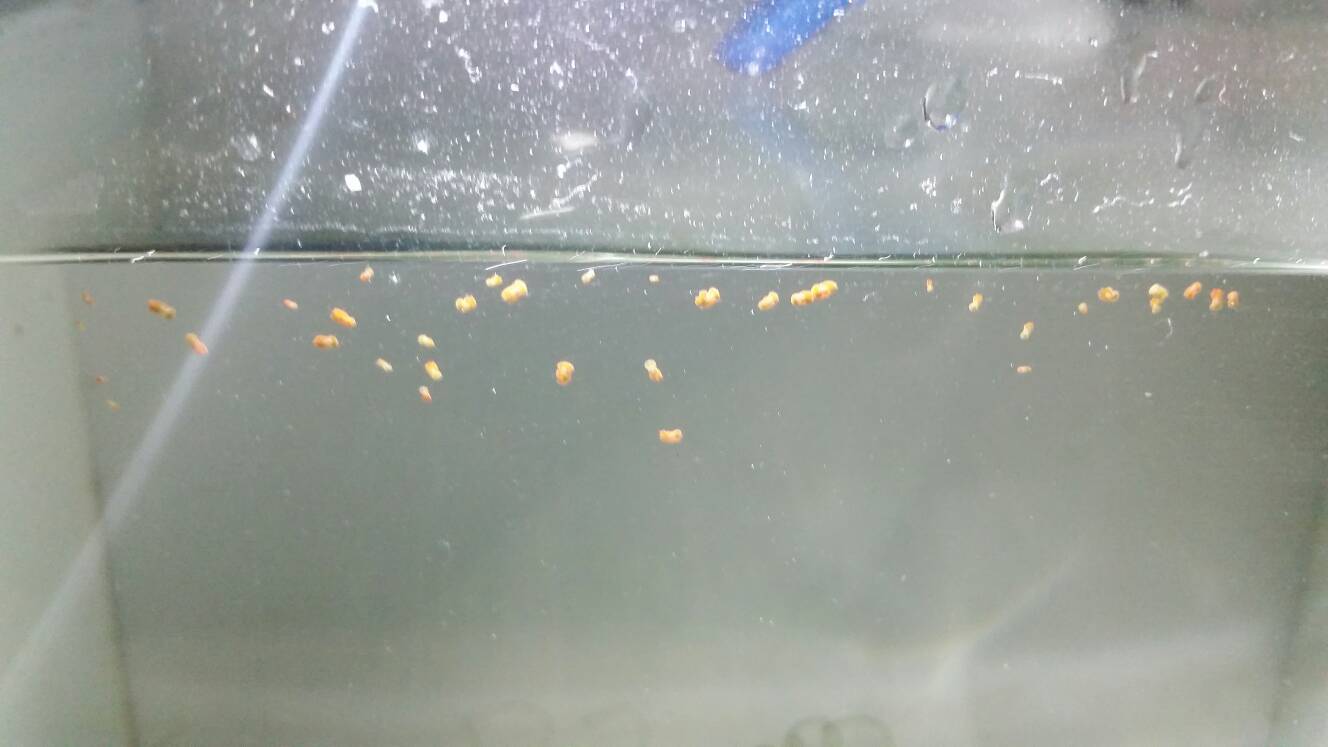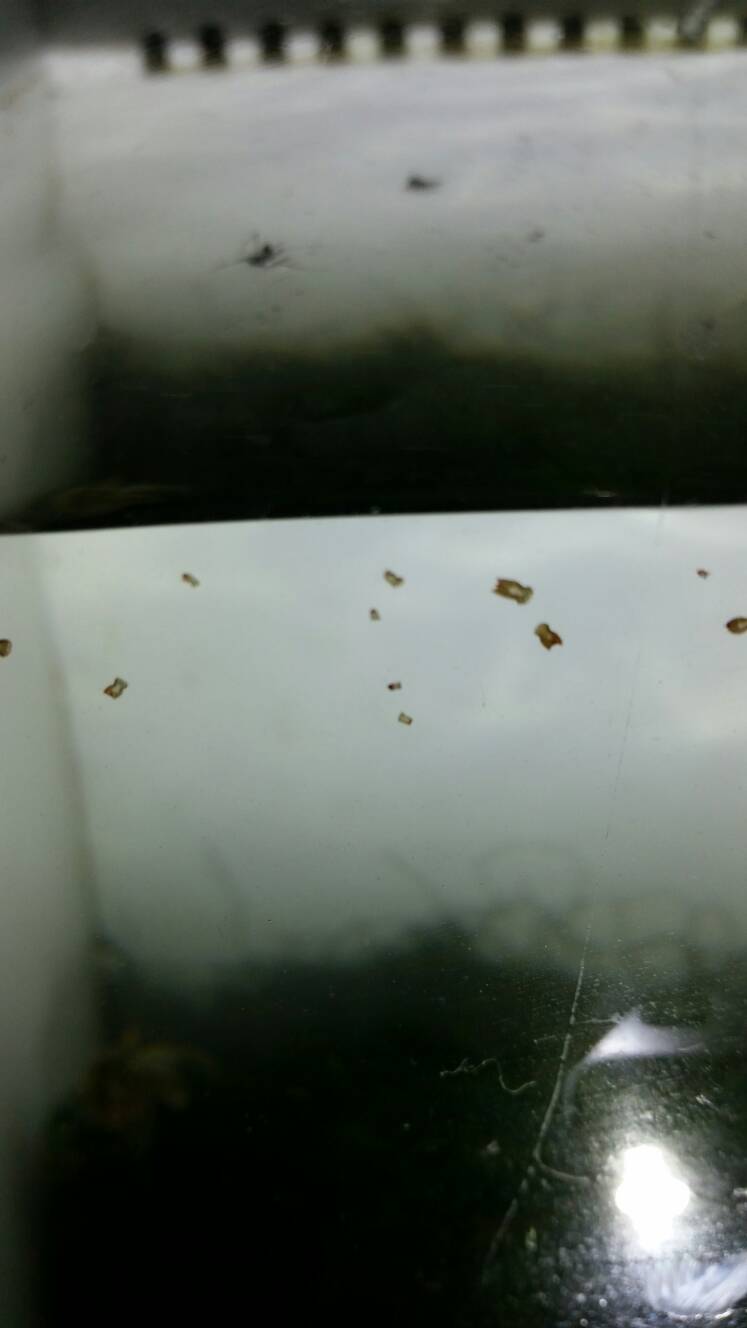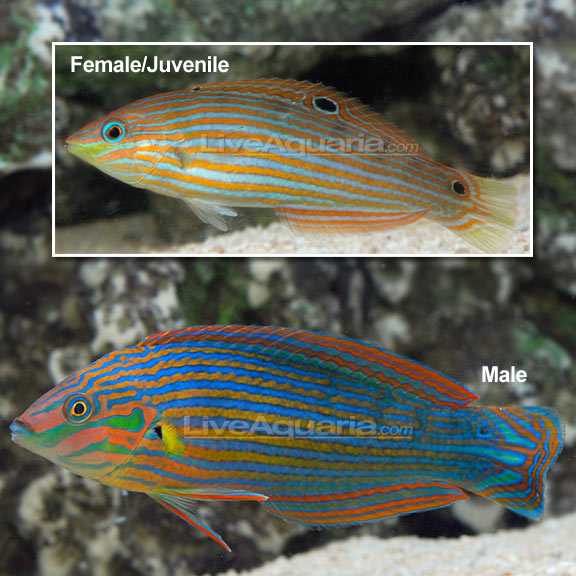I know this sounds like overkill but I dip and QT EVERYTHING (even macro algae and live rock), just because of instances like this. When I got chaeto from the LFS, I dipped it in a mix of CoralRx (double suggested dose) and flatworm exit (also double suggested dose), and then looked in the dip container with a magnifying glass to see if any pests fell off. Then I put it in a QT tank for 6-8 weeks to give any ich that might be suspended in the water a chance to die off.
Had you done that, you would have been able to see the dead flatworms in the bottom of the dip container and known that you needed to treat for flatworms, or toss the chaeto and get another batch. I hate those things. You can still treat them in your DT but it takes a lot more chemicals to do so. With flatworms, you will need to treat at least twice, once for the live ones, and again after the eggs they have layed hatch. And probably even a third time (all about 7 days apart) to make sure you got them all. Also I would use double the recommended dose of flatworm exit as these things are hard to kill once they get infested. I did a test once where I added some flatworms to a dip container and treated with flatworm exit to see how much of a concentration it took to kill them all. At 4x the recommended dose, there were still a few survivors. These were coming from a small tank that had an infestation of them. I finally just took the tank down because I never could kill them all. They kept coming back. I treated that tank at least 10 times with FE, using a max dose of 2x because it had some fish and corals in it. That is when I decided to see just how much these things could take and experimented.
Good thing is at least you don't have a tank full of fish and corals yet. They can be maintained using natural predators as others have suggested but the easiest method of control is to not get them in the first place.
If you are new to the hobby, I am not trying to be critical. Everybody makes mistakes. I just hope you see the importance of the QT process. You can save yourself a lot of frustration in the future by starting this practice.

















